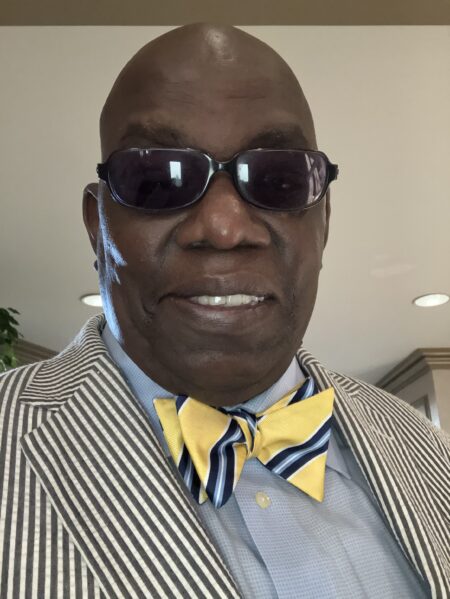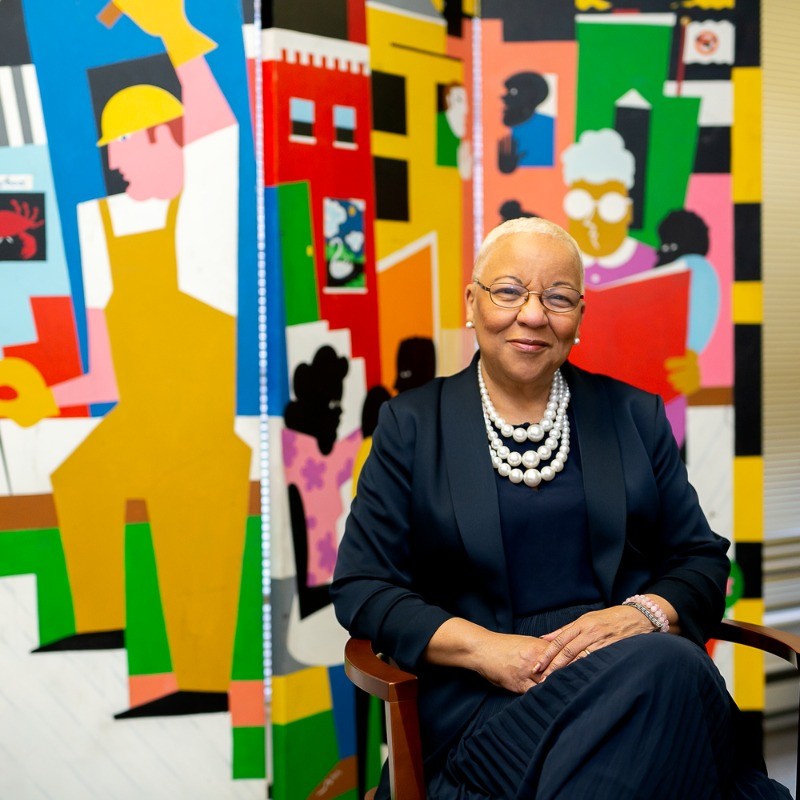Times Insider explains who we are and what we do and delivers behind-the-scenes insights into how our journalism comes together.
For more than a decade, readers of the Sunday print edition of The New York Times have opened the Opinion section, the Sunday Review, to find commentary by marquee names like Maureen Dowd and Ross Douthat.
The columnists’ insights will remain — and will now appear at the front of the section — but the rest of the Review, including the name, has been refreshed. Beginning with today’s print Opinion section, which will now be known as Sunday Opinion, readers will find more diverse voices, perspectives from nationwide focus groups and longer pieces of personal writing.
In a recent conversation, Kate Elazegui, the design director for the Opinion desk, and Rachel Poser, the Sunday Opinion editor, discussed what was changing about the section and their goals for the new content.
Why is now the right time to change the name?
RACHEL POSER The print section was created in 1935 as a place where Times reporters could offer their analysis on the week’s news, called The News of the Week in Review, later shortened to the Week in Review. It was redesigned it in 2011 when it became part of Opinion. But the Sunday Review name could still be confusing to readers — it wasn’t totally clear what the relationship was to the rest of the paper — so we renamed it to clarify.
What new content is being added?
POSER Our new America in Focus series, which will appear twice a month, is focus groups that Times editors are conducting with Americans across the country on different topics. We’re trying to bring people’s unfiltered views and experiences to the page for readers.
Once a month, we’re also adding a longer piece of personal writing on the back page of the section. These will be grouped in limited-run series, and the first one is Fortunes, a series on the psychology of class. We’ve asked each writer in the series to pick a specific phenomenon that defined their experience of class and write about it.
Our new Witness feature is a weekly portrait of someone giving a personal take on national events. And finally, we have Footnotes, where we offer suggestions of things to watch, listen to and read to make sense of the week’s top news.
KATE ELAZEGUI We’re also trying to think more inventively about the way we tell stories in print, whether that’s with a photograph, drawing, illustration or sculpture — we don’t always want to do an 800-word written piece.
What will remain?
POSER Our Sunday columnists — Maureen Dowd, Ross Douthat and Jamelle Bouie — will now appear at the front of the section. We’re also adding a fourth columnist, who will be announced later this summer. And we’ll still have guest essays and The New York Times editorial board.
ELAZEGUI We also tried to clarify who the people are. It’s important online and in print to try to make the divide between news and opinion transparent, as well as who represents the voice of the institution: These are our columnists, these are our editorial-board members, these are our contributors.
How, specifically, have you clarified those roles for readers?
ELAZEGUI In print, we moved the author bios up to the top of each story so the reader isn’t hunting for the information about who wrote it. It’s small design things we can do to be as clear as possible. For instance, editorials are labeled explicitly with the editorial board, and we use headlines and all caps. It feels, visually, like a different kind of voice.
What do you hope to accomplish with the new vision?
POSER We want the Sunday section to set the agenda for the week in terms of what people are talking about and thinking about. We want to be a platform for people to engage with one another.
ELAZEGUI I hope people feel like the news is not homework. If you’re going to have a dinner party, we’re saying, “Here are the topics people will be talking about or viewpoints you’ve never heard or read before.”
Source: NY Times











